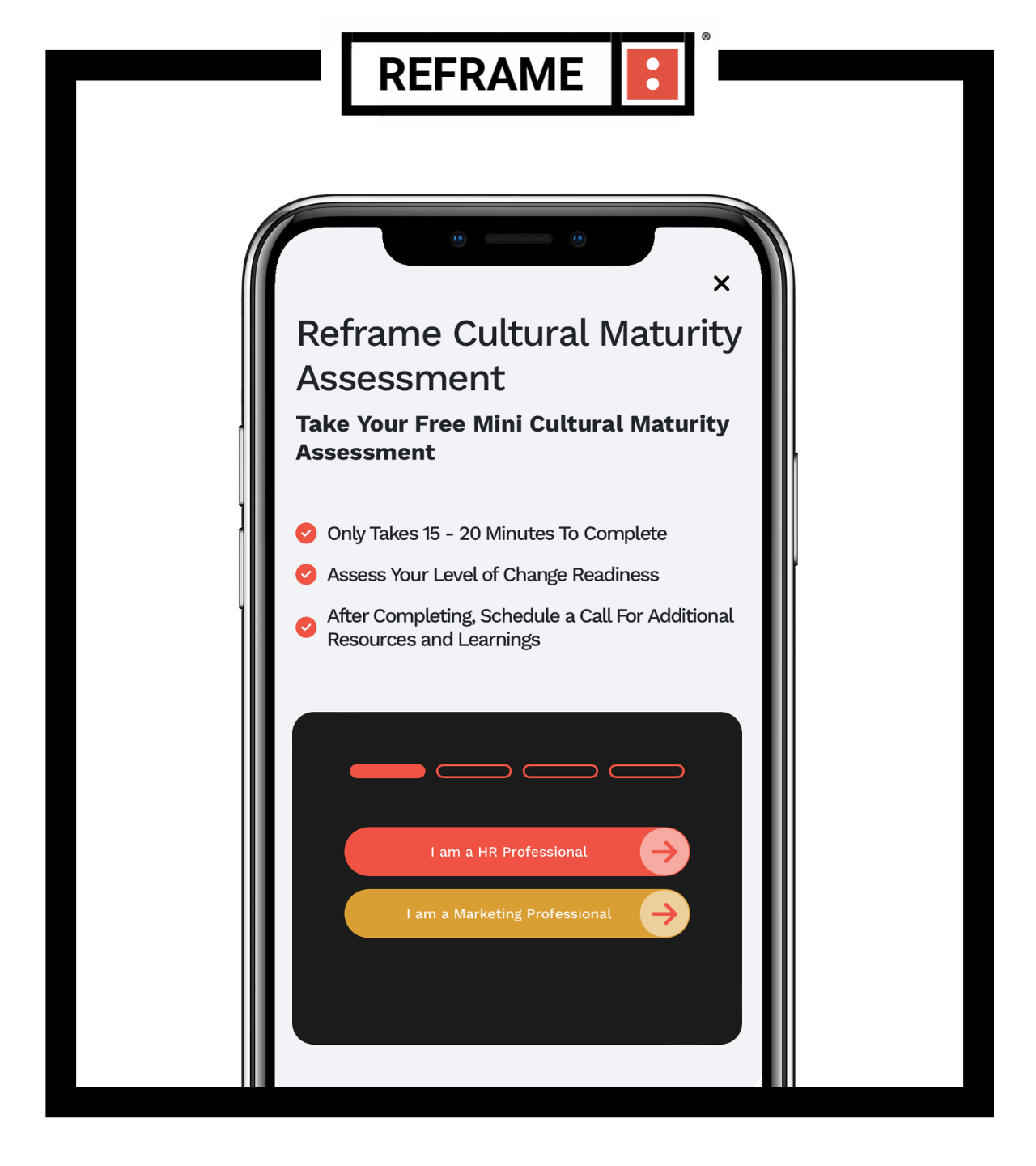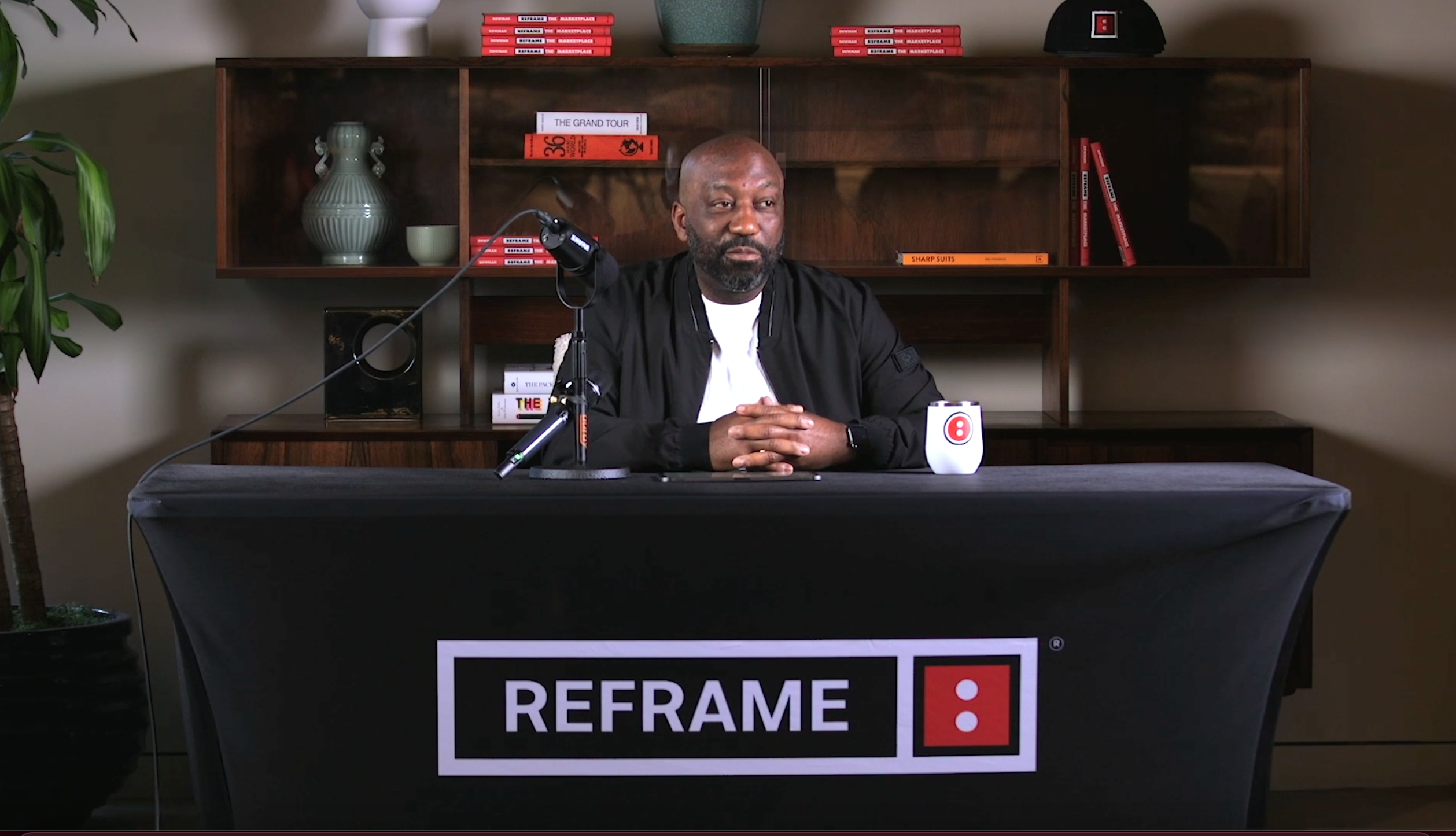Cultural Maturity Phase II: The Growing Stage
The Growth Stage
A company in Phase II of its cultural maturation journey is one that has acknowledged the gap between its current workplace and the new marketplace. It identifies strongly with the first of the 5S’s, Structural change, and is moving forward with a clear objective as to how to unlock new marketplace and workplace value. However, A Phase II organization also lacks the skill-set to understand Segmenting, to align Strategies, and the partners and services necessary for modern Systems and Solutions. Without these many Phase II organizations fail to #closethegap between the workplace and the new marketplace.
It is for this reason that we refer to Phase II as “The Growth Stage.” At the growing stage, the organization has yet to achieve total alignment about what to do beyond the basic structural elements needed to create change OR it lacks buy in from all critical departments necessary to enable it.
Symptoms – The organization has mandated a need for cultural maturity yet…
Segments are often still measured in a binary fashion.
Processes are being implemented, but not at the pace required to “catch up.”
Multiple departments are working toward a singular goal but taking multiple approaches to get there.
Technologies used are either not adopted universally (across the organization) or lack the capacity to deliver the information needed to capture a full and realistic portrait of the total addressable audience.
Objectives have matured but thinking and delivery has not.
Examples –
Many enterprises have solid intentions but either a commitment to understanding the total addressable audience and/or multiple iterations and interpretations get in the way.
For example, recently one large beverage company elected to invest in the Systems and Strategies necessary to gain rich insights about its total addressable marketplace. The assumed logic was that, with a unified purpose in mind, surely even a more limited staff could produce a clear, consistent, and considerate message.
The team set out to engage with the new marketplace by running an advertisement featuring a diverse audience, protesting for social justice. It ended with a popular celebrity handing the police a beverage. The ad lacked the depth of insight necessary to achieve their goal and offended many viewers. The company received lots of negative press and ultimately apologized and removed the ad. They had clean intentions and spent considerable time and energy to get things right, but lacked the insights and partners (Segments and Solutions) to fully realize their intentions.
Valuation of Segments.
When a brand is in the growing stage, there is some recognition of hyper growth segments. But attempts to capture these segments are often compromised by a lack of alignment on the audience, investment in resources, and attention to measurement strategies. There is an appreciation of volumetric growth but it is rarely further segmented and so lacks real insights.
This is often because while the organization is aligned on the need to #closethegap, there isn’t universal buy in and/or the organization lacks a universally agreed upon method to progress. This leads to shallow insight development and a disconnect with the total addressable market.
Structure.
Because the agreed upon objective is not supported by a fully understood and universally accepted method, there is little organizational capacity to efficiently pursue the new marketplace opportunity. In a Phase II organization, there will likely be some resemblance of a dedicated diversity or multicultural marketing structure. A lack of firm direction makes it unclear who is ultimately responsible and accountable for cultural maturity at an organizational level. The end result is often universally agreed upon, but the thinking lacks integration. This results in well intended, but ill-planned and executed messaging.
Strategy.
Without clear leadership alignment, and lack of a segmentation, strategic decisions are tied to the tools and tactics available to each motivated department with the belief that investing the bare minimum will result in a significant return of marketing assets. Resources to test and firm up hypothesis fall on deaf ears because the tests are not scalable, nor efficient. Too often everyone operates in false state of certainty that they are doing what’s best.
Systems.
Most often these organizations lack the combined vision and/or budget to invest in sophisticated technologies that enable them to measure consumers attitudes and behaviors for the total addressable audience. Instead, the technology is more often built in-house and/or purchased to suit the needs of each individual department. Cross enterprise collaboration is limited as is cross enterprise learning.
Solutions.
Organizations rely on vendors and partners to strategically pursue higher growth segments (e.g. localized events by target audience). The partners they choose are usually asked to play to a specific target (e.g. US Hispanic, African American, Asian). In the case of cultural maturity, there are few if any strategic relationships with minority owned suppliers being asked to solve a scalable business problem.
Organizations looking to ensure their workplace becomes new marketplace ready should ask themselves the following questions:
Is my organization limited by hyper targeted efforts to understand and connect with various customer segments? Who is ultimately accountable for aligning us all?
Does my organization suffer from a lack of depth when it comes to total addressable marketplace insights?
Would my organization benefit from enterprise level tools that afford the ability for enterprise collaboration and accelerated, shared learning?
Is it our universal ambition to make understanding the needs, attitudes, and behaviors of our total addressable audience everyone’s responsibility?
Is my approach both efficient and inclusive?
Do my partners in this journey encourage my team and me towards integrated thinking, to view our audience from end to end?
This is not an exhaustive list of questions, but the more yes’s your organization can truly arrive at, the better equipped your workplace is for the new marketplace.
This article is the second in a series of five posts outlining the cultural maturation many companies experience. If you’d like help in accelerating the cultural maturity at your organization please reach out to us at contact@getreframe.com and/or download the full industry report.
Liked this read? You may also want to consider reading the following posts:
When Black, Brown Is Not Enough
How to Assess Your Organizations Level of Cultural Maturity
Related Blog Articles






